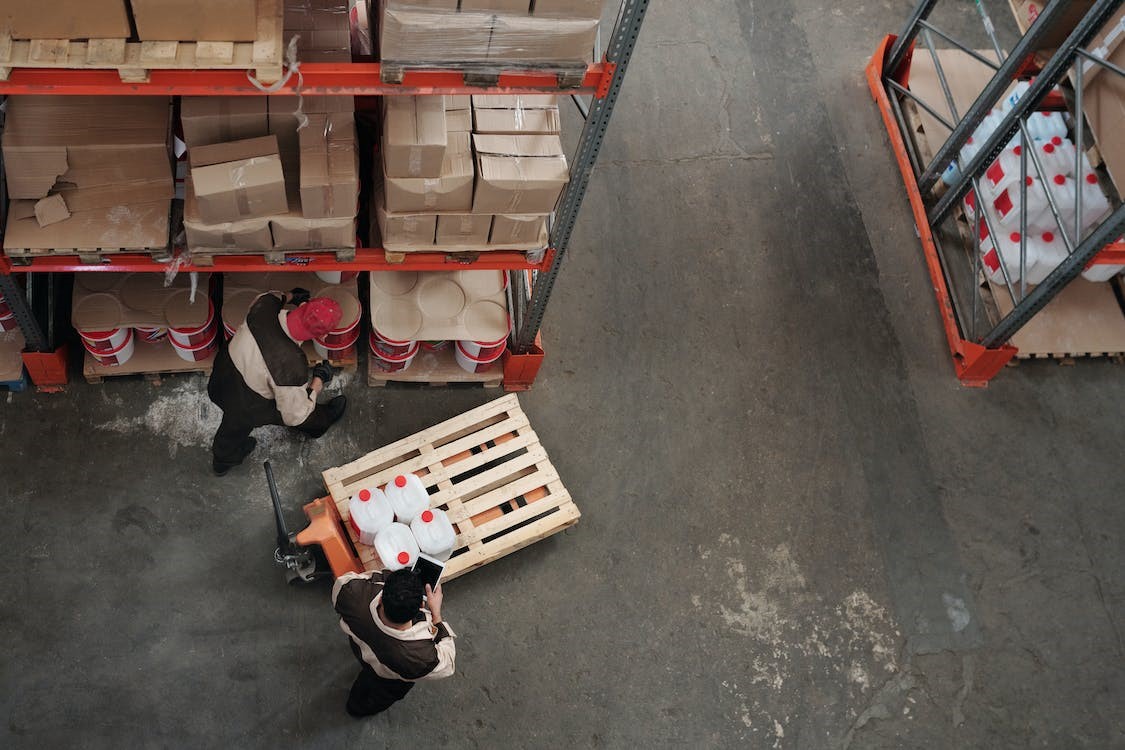
Whether you’re starting a new Netsuite WMS implementation or are still considering your options, you’ll likely have questions on different Netsuite WMS functionality and configuration. This series of blogs will seek to answer some of those questions by looking at Netsuite WMS functions and corresponding record types from an implementation perspective. We’ll look at what these functions are used for, and how they can impact warehouse operations. In this blog, we’ll explore the zone concept and how it is used by Netsuite WMS.
The Zone Concept
Understanding the zone concept is important during any WMS implementation, specially Netsuite WMS. A zone is the logical arrangement and/or segregation of product or material within a physical warehouse. Zones allow warehouse managers to use space effectively, maximize warehouse productivity, reduce storage costs, and standardize processes by making storage activities predictable and efficient.
How zones are defined will vary based on the business requirements, but primary considerations include:
-
-
- Type of Product
- Volume of Product
- Proximity of Product to shipping areas
- Age of Product
- Demand for Product
- Safety of Product
-
As you navigate through WMS implementation, consider the overall warehouse strategy and goal. What are the implications of creating zones and what are the benefits of a well-thought out zone schema? Understanding these as you navigate through implementation can go a long way to set you up for success, or failure. Fortunately, creating zone records in Netsuite is a much easier endeavor.
Properties of Zone Records
The zone record is enabled by turning on the warehouse management feature, a prerequisite for enabling and installing the Netsuite WMS bundle. Once enabled, zone records can be viewed, created, and edited by navigating to Lists > Supply Chain > Zones > New (if using the classic center). The zone record consists of four fields:
-
-
- Name
-
- The zone name, which will be visible in some WMS screens and related records (which we will cover in detail on future blogs).
-
- Description
-
- An optional description for this zone.
-
- Location
-
- The location to associate this zone record to. Each zone must be tied to a unique location. However, you may have the same zone name across multiple locations.
-
- Inactive
-
- Activates or deactivates the record.
- Activates or deactivates the record.
-
- Name
-
Putting It Together
Once created, zone records can be associated with bin records created under the same location. The association of zone records with bin records creates a schema, or in other words, a virtual layout that can help warehouse managers direct warehouse activities such as picking, counting, shipping, receiving, and inventory putaway. Ultimately, understanding zones and how they relate to other warehouse activities is key to a successful implementation.
We hope you found this article on WMS zones insightful and encourage you to reach out to our team of Netsuite professionals for your implementation needs. We’ll be glad to help you on your journey to success.
About Us
Concentrus is a complete NetSuite solutions provider that guides organizations through how to use NetSuite to reach highly focused business goals and objectives. We provide NetSuite implementation, developer, integration, and customization services to ensure that you have a long-term solution that is tailored to fit your systems, people, and processes.
Read About Our Implementation Methodology
Want more NetSuite Tips and Tricks? Check out our Short & 'Suite videos


